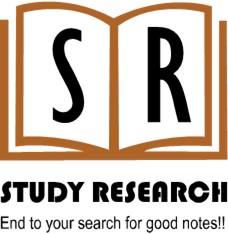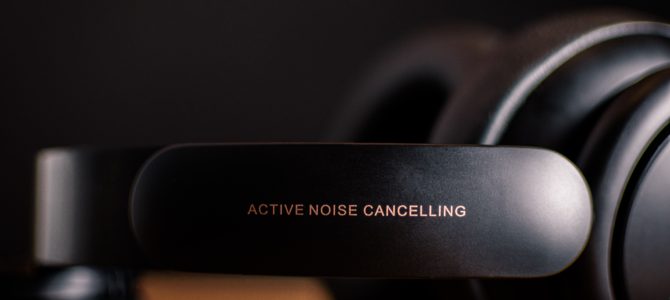MCQs on Waves – Chapter 15 for Class 11 CBSE
Love to learn
Waves – Chapter 15 for Class 11 CBSE
Multiple choice questions and their answers for Chapter 15 – Waves. The content is prepared by experts, especially for studyresearch.in
A. Some waves ……travel through …..
- Can, Vacuum
- Can not, Vacuum
- All, Vacuum
- All, No Vacuum
Answer 1
B. Which waves out of the following require a medium for traveling
- Water Waves
- Sound Waves
- Seismic Waves
- All of the above
Answer 4
C. Electromagnetic waves in Vacuum travel at the speed of
- Sound
- Light
- Force applied
- Momentum applied
Answer 2
D. In ________ wave components of the medium oscillate perpendicular to the direction of the wave, white in __________ they propagate along the direction of the wave.
- Longitudinal, Transverse
- Transverse, Longitudinal
- Longitudinal, Electromagnetic
- Electromagnetic, Longitudinal
Answer 2
E. Capillary waves are produced by ____________
- The surface tension of water
- Gravity
- Newton’s third law
- Thermodynamics first law
Answer 1
F. The wavelength of gravity waves range from a few _____ to a few ______
- Meters, Kilometers
- Meters, hundred meters
- Meters, Miles
- Miles, Meters
Answer 2
G. In one medium, Transverse and Longitudinal travel at _____ speeds
- Same speeds
- Different speeds
- Sometimes same, and sometimes different
- Neither same nor different
Answer 2
H. Amplitude of a wave is always
- Negative
- Zero
- Positive
- Sometimes positive and sometimes negative
Answer 3
I Sound travels quicker in _______ and __________ than ________
- Gases, Solids, Liquids,
- Solids, Gases, Liquids
- Solids, Liquids, Gases
- Gases, Solids, Liquids, Gases
Answer 3
J Pressure variations throughout propagation of sound are:________
- Isothermal
- Adiabatic
- Isobaric
- Isochoric
Answer 2
K. When the pulses coincide the final displacement is the ________ of the displacement due to every pulse
- algebraic sum
- Multiplication
- Square
- Log
Answer 1
L. If a wave falls obliquely on the boundary between two different media, the transmitted wave is called
- Reflected Wave
- Refracted Wave
- Electromagnetic wave
- Magnetic Wave
Answer 2
M. The point where wave amplitude is zero are called _______ and the point where it is maximum is called ________
- Wavelength, node
- Node, Wavelength
- Node, Antinode
- Antinode, Node
Answer 2
N. The smallest feasible natural frequency of a system is called
- Fundamental Mode
- First Harmonic
- Both 1 and 2
- None of the above
Answer 3
M. What causes beats phenomenon in waves
- Reflection
- Refraction
- Interference
- None of the above
Answer 3
O. What is the Doppler effect
- When a fixed origin of sound is approached with top speed, the pitch of the sound seems to be higher than that of origin to a spectator
- When a fixed origin of sound is approached with top speed, the pitch of the sound seems to be same that of origin
- When a fixed origin of sound is approached with top speed, the pitch of the sound seems to be lower than that of origin
- When the spectator moves away from the origin of sound, the frequency becomes lower than that of origin (to spectator).
- Both 1 and 4
Answer 5

